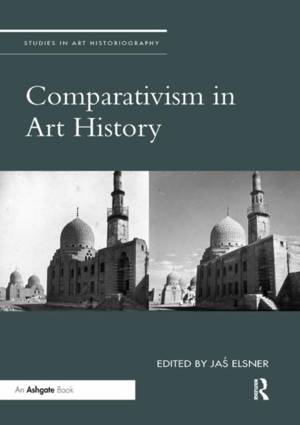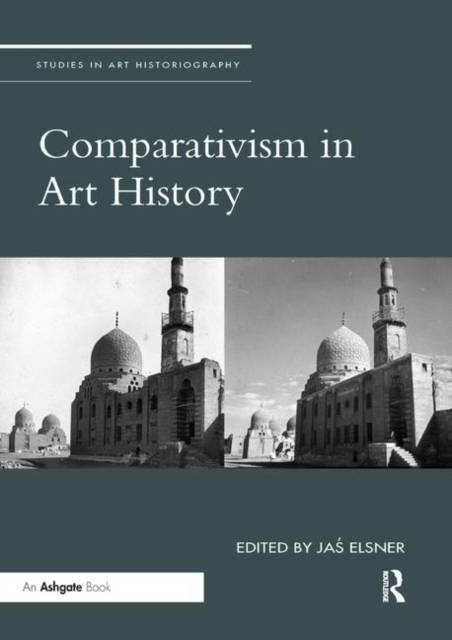
- Afhalen na 1 uur in een winkel met voorraad
- Gratis thuislevering in België vanaf € 30
- Ruim aanbod met 7 miljoen producten
- Afhalen na 1 uur in een winkel met voorraad
- Gratis thuislevering in België vanaf € 30
- Ruim aanbod met 7 miljoen producten
Zoeken
Comparativism in Art History
€ 83,95
+ 167 punten
Omschrijving
Featuring some of the major voices in the world of art history, this volume explores the methodological aspects of comparison in the historiography of the discipline. The chapters assess the strengths and weaknesses of comparative practice in the history of art, and consider the larger issue of the place of comparative in how art history may develop in the future. The contributors represent a comprehensive range of period and geographic command from antiquity to modernity, from China and Islam to Europe, from various forms of art history to archaeology, anthropology and material culture studies. Art history is less a single discipline than a series of divergent scholarly fields - in very different historical, geographic and cultural contexts - but all with a visual emphasis on the close examination of objects. These fields focus on different, often incompatible temporal and cultural contexts, yet nonetheless they regard themselves as one coherent discipline - namely the history of art. There are substantive problems in how the sub-fields within the broad-brush generalization called 'art history' can speak coherently to each other. These are more urgent since the shift from an art history centered on the western tradition to one that is consciously global.
Specificaties
Betrokkenen
- Uitgeverij:
Inhoud
- Aantal bladzijden:
- 244
- Taal:
- Engels
- Reeks:
Eigenschappen
- Productcode (EAN):
- 9780367331146
- Verschijningsdatum:
- 21/10/2019
- Uitvoering:
- Paperback
- Formaat:
- Trade paperback (VS)
- Afmetingen:
- 175 mm x 246 mm
- Gewicht:
- 498 g

Alleen bij Standaard Boekhandel
+ 167 punten op je klantenkaart van Standaard Boekhandel
Beoordelingen
We publiceren alleen reviews die voldoen aan de voorwaarden voor reviews. Bekijk onze voorwaarden voor reviews.










